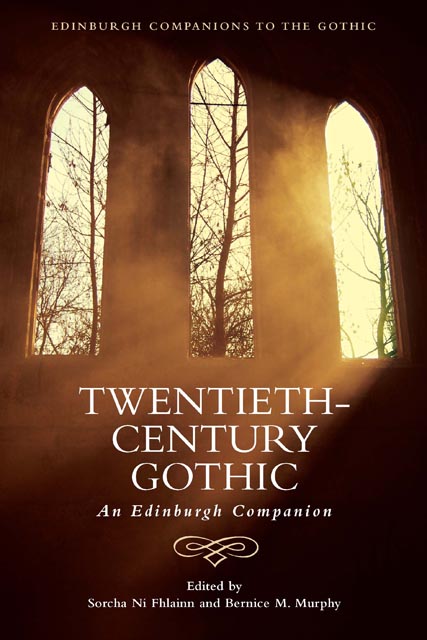8 - The Unheimlich State: Surveillance and the Digital Nation
Published online by Cambridge University Press: 18 November 2022
Summary
In the first episode of the third season (1998–99) of Buffy the Vampire Slayer, titled ‘Anne’, Buffy has run away from her large suburban home and is working in a diner in a poor part of Los Angeles. In an exterior shot, Buffy leans out of the only window in her one-room apartment as the camera takes in the badly damaged pavement on the street below and a police car, siren blaring, passing through the nearby intersection. In the first diner scene, two homeless youths come in and dump out the coins they have collected to try to buy some food. The central homeless character of the episode is Lily, a young woman with a traumatic past who is constantly reinventing and renaming herself. Buffy too lives under a pseudonym, Anne, so her ‘watcher’ Giles and her mother cannot find her. The evildoers of the week are kidnapping homeless youths and putting them to work in a hell dimension where they are forced to repeat that they are ‘no one’. Kidnapped as well, Buffy eventually responds to the demand that she answer, ‘I am no one’, by cheerily replying, ‘I’m Buffy the Vampire Slayer. And you are?’ In one famous segment of the long fight scene that follows, she fights the demons with a hammer and sickle as the main demon yells in exasperation, ‘They don't fight back – that's how it works!’ She not only fights back, but Lily does too, reversing, for a moment, the excessive passivity and docility that the episode suggests is typical of young women pushed beyond the secure bounds of suburban domesticity.
Thus far, the episode's thinly Marxist critique is straightforward. But there is an odd moment about 16 minutes into the episode when the direction switches to documentary realism, as a series of dissolves depicting homeless youths are used as a visual bridge between Buffy gazing at the urban wasteland outside her window and her friends as they lounge on well-padded furniture at their favourite club. The direction takes viewers from ‘bare life’ to bar life in under a minute. After the focus returns to Los Angeles, Buffy frees some of the enslaved youths and then returns home to Sunnydale, after giving Lily her job, her apartment and her Los Angeles moniker, Anne.
- Type
- Chapter
- Information
- Twentieth-Century GothicAn Edinburgh Companion, pp. 129 - 143Publisher: Edinburgh University PressPrint publication year: 2022



